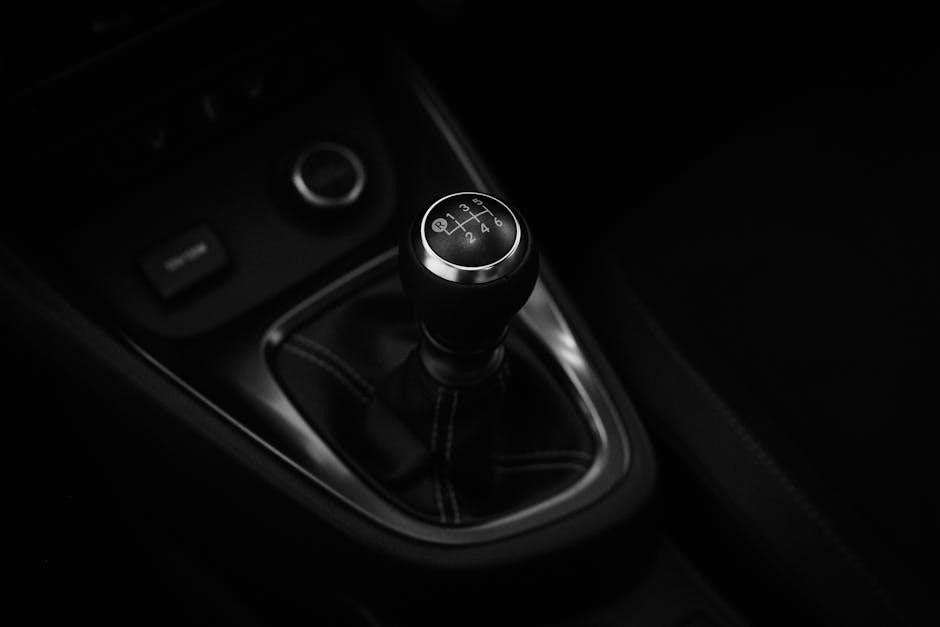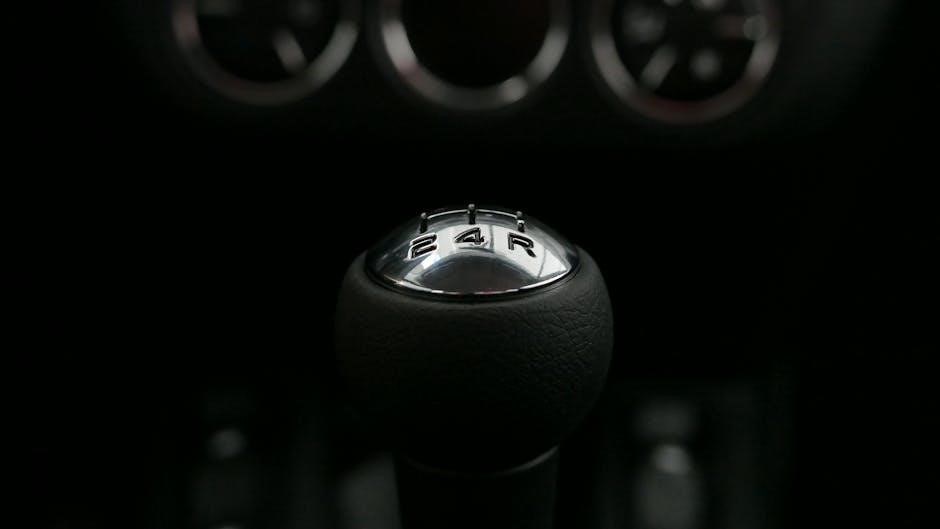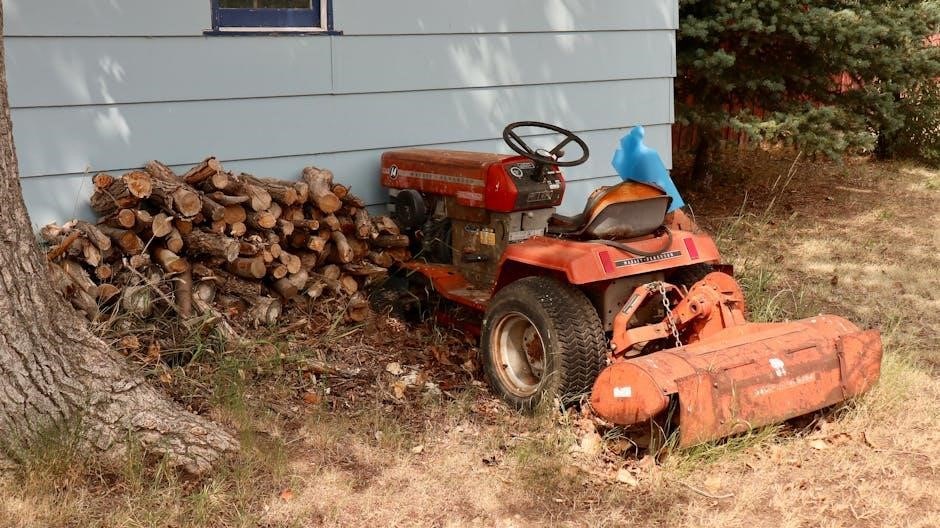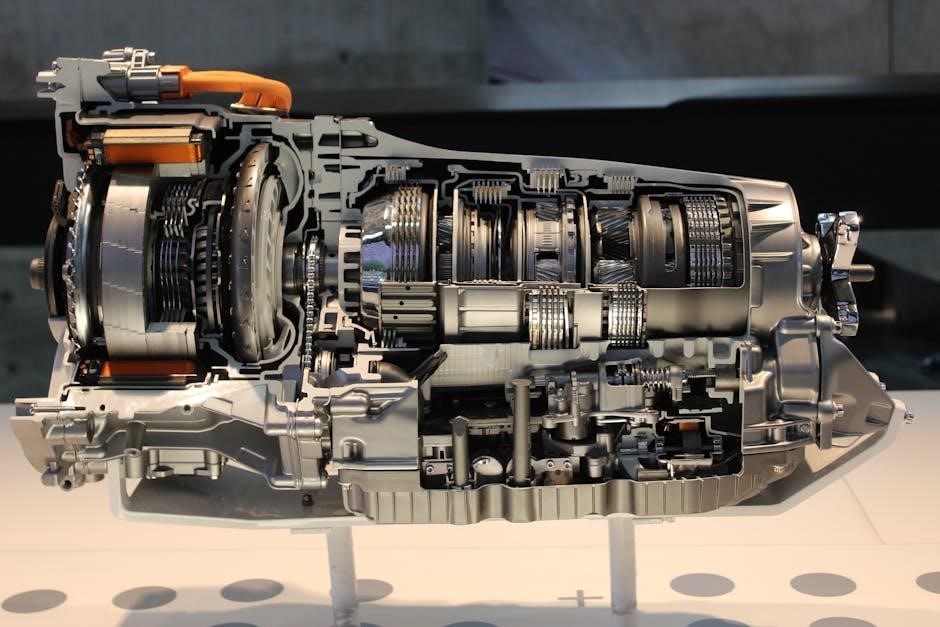do manual transmissions have torque converters
Manual transmissions typically do not have torque converters, instead using a clutch to connect and disconnect the engine from the transmission, allowing for manual gear shifting with a driver-operated clutch pedal and gearshift.
Definition of Manual Transmissions
A manual transmission is a type of transmission that uses a driver-operated clutch and gearshift to manually change gears. This type of transmission is also known as a stick shift or standard transmission. The driver must use the clutch pedal to disconnect the engine from the transmission, and then use the gearshift to select the desired gear. Manual transmissions are typically used in vehicles where the driver needs more control over the vehicle’s speed and gear selection, such as in racing or off-road driving. The definition of a manual transmission is closely tied to the way it operates, with the driver having direct control over the gear selection and clutch engagement. This type of transmission is often preferred by drivers who enjoy the feeling of being connected to the vehicle and having more control over its operation. Overall, a manual transmission is a type of transmission that requires the driver to manually change gears using a clutch and gearshift. The driver’s input is necessary to operate the vehicle smoothly and efficiently. Manual transmissions have been used in vehicles for many years and continue to be popular among drivers who enjoy the driving experience.

Understanding Torque Converters
Torque converters are fluid couplings that transfer power from engine to transmission, using hydraulic pressure to engage and disengage the converter, allowing for smooth acceleration and deceleration, with a complex system of pumps and turbines.
Function of Torque Converters in Automatic Transmissions
The primary function of a torque converter in an automatic transmission is to transfer power from the engine to the transmission, allowing the vehicle to move forward. This is achieved through a complex system of hydraulic pumps, turbines, and stators, which work together to multiply the torque output of the engine. The torque converter is filled with a specialized fluid that helps to transfer power and cool the system. As the engine spins the pump, it creates a flow of fluid that drives the turbine, which is connected to the transmission. The stator helps to direct the flow of fluid and multiply the torque output. The torque converter also includes a lockup clutch that engages at high speeds, allowing the engine to directly drive the transmission and improve fuel efficiency. Overall, the torque converter plays a critical role in the operation of an automatic transmission, allowing for smooth and efficient power transfer. The design and functionality of the torque converter have evolved over time, with modern systems incorporating advanced materials and technologies to improve performance and reliability.

Manual transmissions typically do not have torque converters, using a clutch instead to connect and disconnect the engine from the transmission for manual gear shifting purposes only.
Difference Between Manual and Automatic Transmissions
The main difference between manual and automatic transmissions lies in the way they transmit power from the engine to the wheels. Manual transmissions use a clutch to connect and disconnect the engine from the transmission, allowing the driver to manually shift gears. In contrast, automatic transmissions use a torque converter to transfer power from the engine to the transmission, eliminating the need for manual gear shifting. This fundamental difference in design and operation gives rise to distinct characteristics and advantages for each type of transmission. For instance, manual transmissions are often preferred for their fuel efficiency and driver engagement, while automatic transmissions are prized for their convenience and ease of use. Additionally, the difference in transmission type can affect the overall driving experience, with manual transmissions requiring more driver input and automatic transmissions providing a more relaxed driving experience. Overall, the difference between manual and automatic transmissions is a key consideration for drivers when choosing a vehicle.

How Manual Transmissions Work
Manual transmissions work through a system of gears and shafts, using a clutch to engage and disengage the engine from the transmission, allowing drivers to manually shift gears with a gearshift and clutch pedal mechanism.
Role of the Clutch in Manual Transmissions
The clutch plays a crucial role in manual transmissions, acting as a frictional connection between the engine and the transmission. It allows drivers to engage and disengage the engine from the transmission, enabling smooth shifting of gears. The clutch is typically operated by a foot pedal, which when pressed, disengages the engine from the transmission, allowing the driver to shift gears. When the pedal is released, the clutch engages, connecting the engine to the transmission, and power is transmitted to the wheels. The clutch is a critical component in manual transmissions, as it enables drivers to control the flow of power from the engine to the wheels, and its proper use is essential for smooth and efficient driving. The clutch also helps to prevent wear and tear on the transmission and engine, by allowing drivers to shift gears smoothly and gradually. Overall, the clutch is a vital part of manual transmissions, and its role is essential for the proper functioning of the vehicle.

Comparison of Manual and Automatic Transmissions
Manual and automatic transmissions differ significantly, with manual transmissions offering better fuel efficiency and control, while automatic transmissions provide ease of use and convenience, with distinct design and functionality characteristics always.
Advantages and Disadvantages of Each Type
Manual transmissions have several advantages, including better fuel efficiency, lower cost, and more control over the vehicle; They also tend to be more reliable and require less maintenance than automatic transmissions. However, they can be more difficult to learn and use, especially in heavy traffic or hilly terrain. On the other hand, automatic transmissions offer ease of use and convenience, making them a good choice for drivers who are not comfortable with manual shifting. They also provide smooth and seamless shifting, which can be beneficial in certain driving conditions. However, they tend to be less fuel-efficient and more expensive than manual transmissions. Additionally, they can be more complex and prone to problems, which can increase maintenance costs. Overall, the choice between a manual and automatic transmission depends on the individual driver’s needs and preferences. Both types have their advantages and disadvantages, and it is essential to consider these factors when deciding which type to use. Manual transmissions are generally a good choice for drivers who want more control and better fuel efficiency, while automatic transmissions are suitable for those who prioritize ease of use and convenience.
